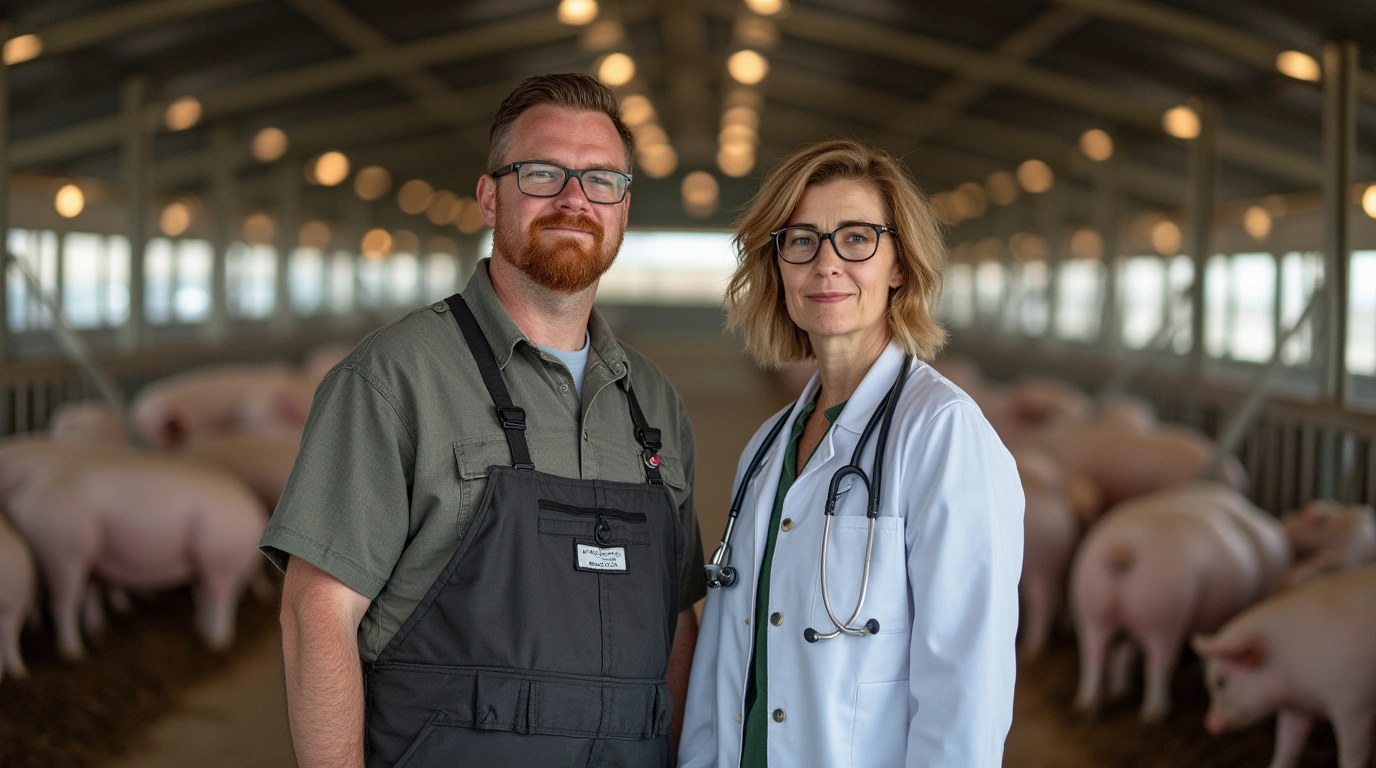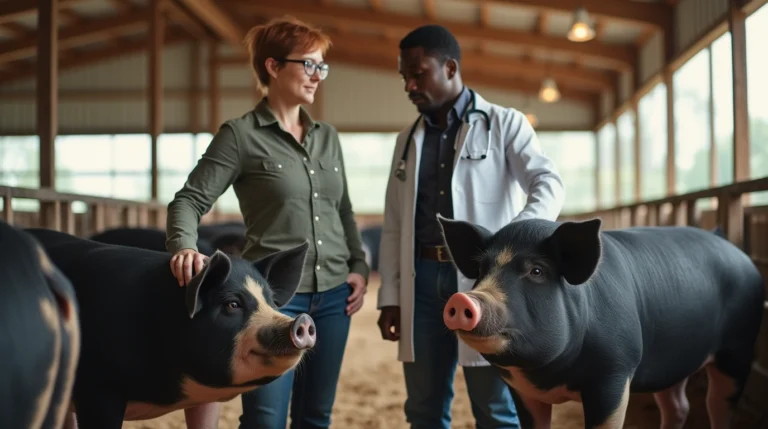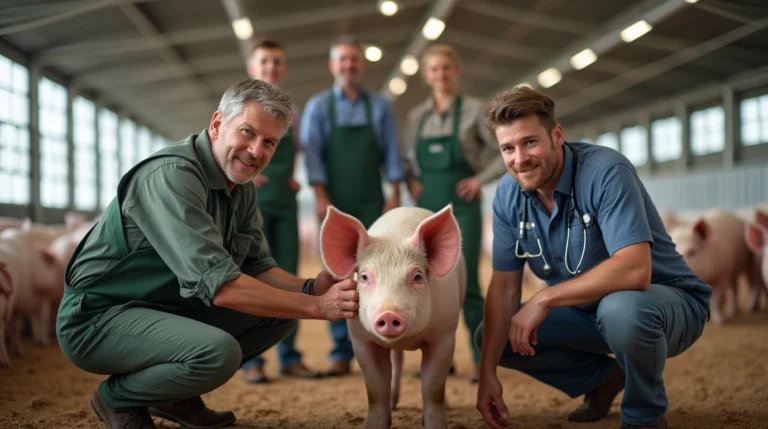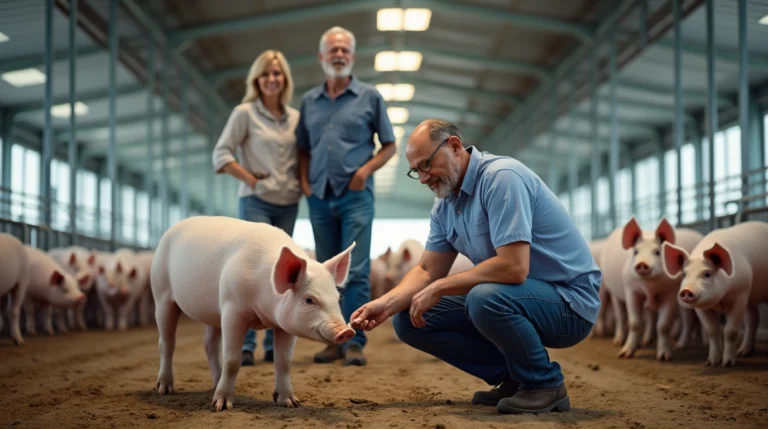Protect your pig herd from Foot-and-Mouth Disease in pigs : Learn critical identification tips, prevention strategies, and outbreak control methods to safeguard your livestock.
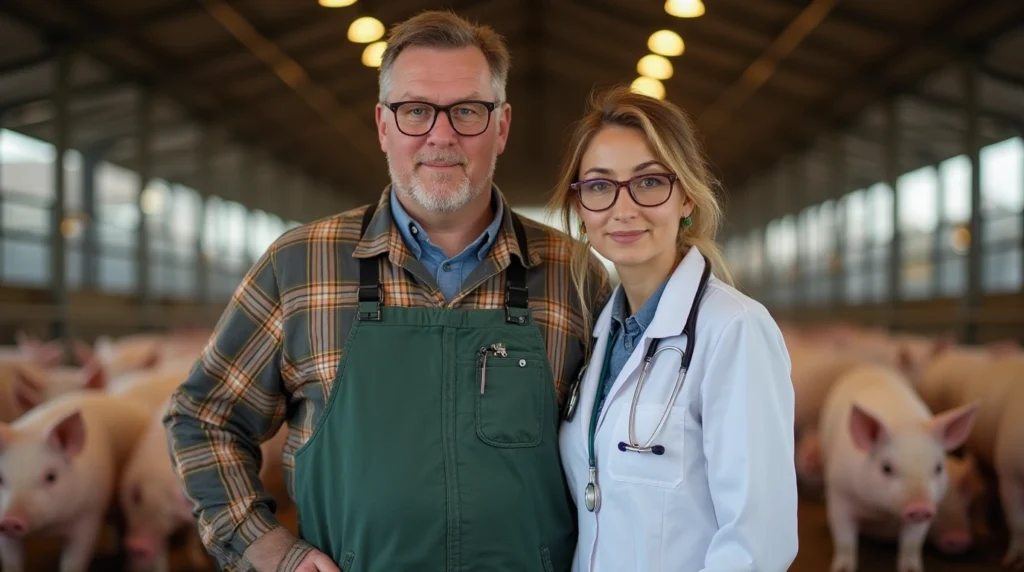
Table of Contents
Foot-and-Mouth Disease (FMD) represents one of the most significant viral threats to pig farming worldwide. This highly contagious and economically devastating illness can rapidly spread through herds, causing substantial financial losses and potentially compromising entire agricultural operations. Understanding the nuances of Foot-and-Mouth Disease in Pigs is crucial for livestock managers, veterinarians, and pig farmers seeking to protect their animals and livelihoods.
What is Foot-and-Mouth Disease?
Viral Characteristics
Foot-and-Mouth Disease is a severe viral infection caused by the Picornaviridae family’s Aphthovirus genus. The virus primarily affects cloven-hoofed animals, including pigs, cattle, sheep, and goats. In pigs, the disease manifests with distinctive clinical signs that can dramatically impact animal health and productivity.
Global Impact
According to the World Organisation for Animal Health (OIE), FMD remains a critical concern in many regions, with potential economic losses estimated at billions of dollars annually due to reduced productivity, trade restrictions, and control measures.
4 Critical Identification Tips for Foot-and-Mouth Disease in Pigs
1. Recognizing Physical Symptoms
Oral Lesions
- Painful blisters and ulcers around the mouth and tongue
- Excessive salivation and drooling
- Difficulty eating and reduced feed intake
Hoof-Related Symptoms
- Vesicular lesions between hoof claws
- Lameness and reluctance to move
- Visible blisters on hoof margins
2. Behavioral Changes
Illness Indicators
- Sudden decrease in overall herd activity
- Reduced mobility
- Significant weight loss
- Fever (typically 40-41°C)
3. Reproductive Complications
Potential Reproductive Impacts
- Potential abortion in pregnant sows
- Reduced fertility
- Testicular inflammation in boars
- Decreased sperm quality
4. Transmission Risk Assessment
Potential Transmission Vectors
- Direct contact between infected and healthy animals
- Contaminated feed and water sources
- Human clothing and equipment
- Wildlife and rodent interactions
Outbreak Control Strategies
Immediate Quarantine Protocols
- Isolate suspected infected animals immediately
- Restrict farm access
- Implement strict biosecurity measures
- Contact veterinary authorities
Diagnostic Confirmation
- PCR testing
- Virus isolation
- Serological examinations
Vaccination and Prevention
Vaccination Recommendations
- Regular vaccination programs
- Use of inactivated and modified live vaccines
- Consult local veterinary guidelines
Economic Implications
Potential Financial Impacts
| Impact Area | Estimated Loss Percentage |
| Production Reduction | 30-50% |
| Trade Restrictions | Up to 100% |
| Treatment Costs | 10-25% |
Recommended Amazon Products for Pig Health Management
- Digital Veterinary Thermometer
- Biosecurity Protective Coveralls
- Disinfectant Foot Bath
- Livestock First Aid Kit
Frequently Asked Questions (FAQ)
Q1: How quickly does Foot-and-Mouth Disease spread?
Foot-and-Mouth Disease can spread incredibly rapidly, potentially infecting an entire herd within days under optimal transmission conditions.
Q2: Is Foot-and-Mouth Disease transmissible to humans?
While rare, humans can contract a mild form of the virus, though human infections are typically mild and self-limiting.
Q3: How long does virus survival persist on surfaces?
The FMD virus can survive on surfaces for several weeks, emphasizing the critical nature of thorough disinfection protocols.
Call-to-Action
Protect your livestock and livelihood! Visit BlithePet for expert veterinary guidance, comprehensive livestock management resources, and cutting-edge animal health recommendations.
Conclusion
Effective management of Foot-and-Mouth Disease in pigs , requires vigilance, rapid response, and comprehensive understanding. By implementing stringent biosecurity measures, maintaining regular veterinary consultations, and staying informed about the latest prevention strategies, pig farmers can significantly mitigate the risks associated with this challenging viral disease.
Final Thoughts
Have experiences or insights about managing Foot-and-Mouth Disease in your pig herd? We’d love to hear your story! Share your comments below and contribute to our community of informed livestock professionals.

